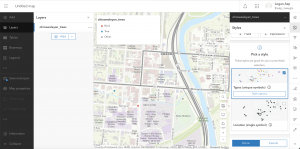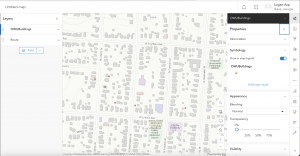Chapter 5 talks about the advantages of hybrid and on-premises Web GIS deployments as alternatives instead of using fully arranged ArcGIS online. On-premises deployments allow companies and organizations to keep control of their setup which is very useful when valuable data must stay secure or when reliable interest access is not a guarantee. Hybrid deployments take the flexibility of cloud services with the security of on-site setup which offers the best of both options. ArcGIS enterprise can be accessed on local servers or cloud platforms like AWS or Microsoft Azure and also includes portal, server, web adapters and the data store to manage the take care of GIS content.
A very important benefit of on-premises GIS is the ability to have special datasets like feature layers, complex geoprocessing services and imagery services. Departments within a company can talk together in groups and share content which helps improve efficient workflow while also keep the data secure. Catching tile layers is another critical aspect of improving performance that is discuessed in this chapter.
Chapter 6 talks about the use of spatiotemporal data in GIS which includes both time and location dimensions to track patterns and changes. Some examples are weather events, disease outbreaks, urban growth and traffic congestion. The internet of things plays a pretty important role in spatiotemporal GIS by providing networks of sensors and connected devices that are constantly collecting data. Collecting this data allows companies, organizations, reseachers and cities to track conditions as they happen and respond quickly to certain events.
The ArcGIS GeoEvent Server is a very important and crucial tool for getting and processing spatiotemporal data. It can analyze, filter and distribute live data to maps, feature layers and dashboards while also getting historical data for future analysis. ArcGIS online has dashboards and layers that enable people to visiualize trends over space and time, monitor complicated operations and animate temporal patterns. Having these tools are valuable for decision making in public health, emergency management, transportation planning and many other fields in the world.
An application idea I could make using concepts from chapter 5 and 6 is a city wide environmental monitoring dashboard.



